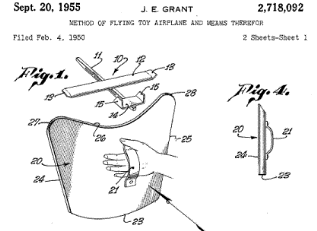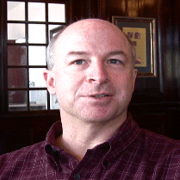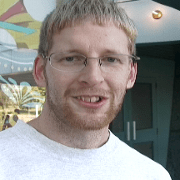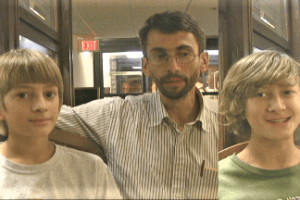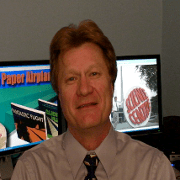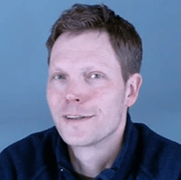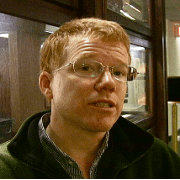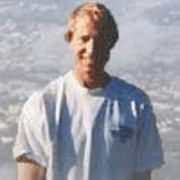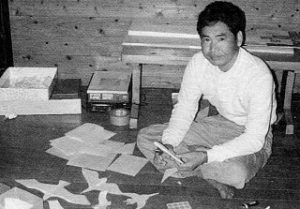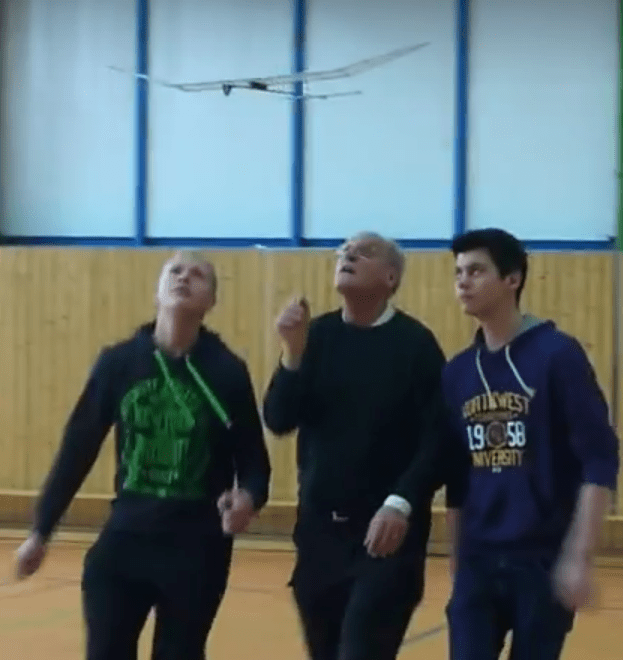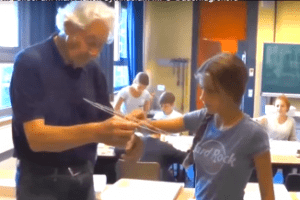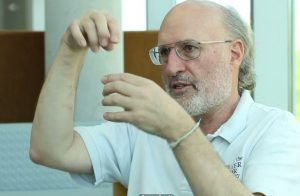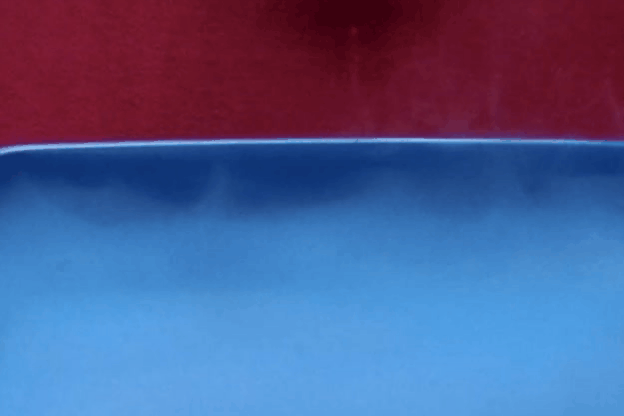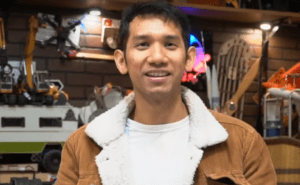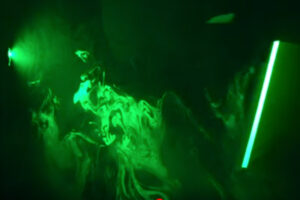I consider myself very fortunate to live in a time when walkalong flight is spreading throughout the world and morphing into different forms. It's been exciting to sniff out the creation stories of how it began and branched. When students learn how to surf a glider on a wave of air they can also discover the fascinating stories of real people as they experienced that spark of invention. Just as importantly, they can see the foundations upon which discoveries are built, how people who make great discoveries tend to be interested in lots of different things, how they communicate with experts, how serendipitous accidents happen, and how years can pass before an idea reaches fruition. This is good stuff!
Joseph E. Grant invented walkalong gliding in 1950. And now we can learn from his daughters and son about this fascinating man.
At the age of 13, Tyler MacCready invented walkalong gliding again in the late 1970s and manufactured gliders.
Michael Thompson invented very thin, very slow-flying foam walkalong gliders.
David Aronstein invented planes with tails that fly as walkalong gliders.
John Collins, AKA The Paper Airplane Guy, invented the tumbling wing branch of walkalong gliding.
Thomas Buchwald, a Technik teacher in Germany, has innovated bionic gliders, materials and processes.
Phil Rossoni invented a paper walkalong glider and has shown how they work and how to fly.
Back in the 1980s Gordon Pollock made and sold the Wonder Wing with a brilliant canard.
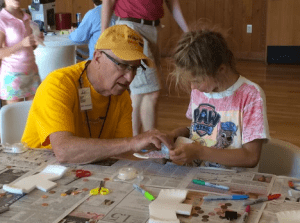 Noel Eberhardt developed an effective folding jig that makes it much easier to make walkalongs with groups
Noel Eberhardt developed an effective folding jig that makes it much easier to make walkalongs with groups
Kouyou Nagamatsu invented and wrote a book about thin-sliced foam for whimiscal gliders in 1996.
Dr. Heinrich Eder makes breathtakingly efficient gliders and passes his knowledge to young people
Alfred Klinck, also from Germany, is an extrordinary designer, builder and teacher--passing the torch to young people.
Ben Shedd created the Academy Award winning Flight of the Gossamer Condor effort and documented the first walkalong gliders that Tyler MacCready flew.
Ken Evans used fog to visualize glider air flow.
Peter Sripol took walkalong gliders in new directions.
Nick Schrader has done some really good work with visualizing what’s happening in the air around gliders–including walkalong gliders–using fog, and then fog and lasers!
A memorable gathering of walkalong glider innovators in St. Louis in 2010, including many people on this page.
Here is an early video as I was beginning to discover the history of walkalong flight.
Great Innovators from Around the World
Here are some other great innovators from around the world. Perhaps we will have an international gathering sometime and I will be able to interview them.
Germany
Here's some more great work from Germany (and some joking at the very end)
Thomas Buchwald, a teacher in Germany showed me a new way to make a tumblewing, the quickest and simplest I have seen.
Here is Thomas Buchwald again with a smooth flying foam glider with a V tail.
Taiwan
From Taiwan making beautiful flying butterflies from foam
Daryl Yeh from Taiwan has a wonderful YouTube channel with many beautiful videos of people flying "indoor kites"--lightweight, slow-flying, powered by hand. Here he plays a joke. It's a walkalong glider...no, wait? It's an indoor kite! Funny yes, ingenious too. Perhaps this is a way for walkalong glider people to experience indoor kite flying.
This primary school teacher named Chen Wenhwa is doing interesting things with foam gliders that look like birds and insects. Here are more videos.
From Taiwan, here's the inverse of what Phil Rossoni has done with flying real butterflies, flying his butterfly-shaped foam gliders.
England
Here is an English cellist named Thaddeo Andre who made a walkalong plane from phonebook paper, raw carbon fiber and superglue.
United States
Nyle Steiner is blurring the boundary between walkalong gliders and levitation with static electricity. Note that static electricity projects go better in cool, dry air. Here you can read more about Nyle and static electricity.
Columbia
Alfredo Ramirez of Columbia sent this video of his impressive flight in the Red Bull extreme paper airplane event. Using Thaddeo Andre's design as a starting point, it has good size (= greater efficiency). And I like the dihedral, which might give better stability than my design.

